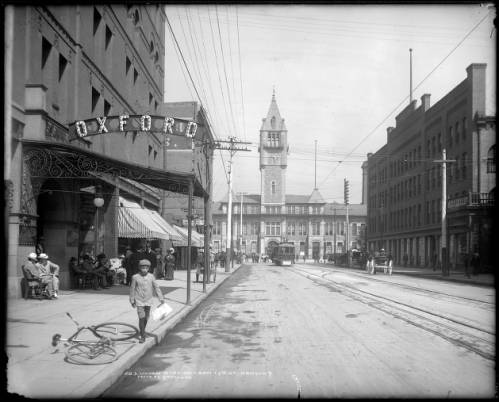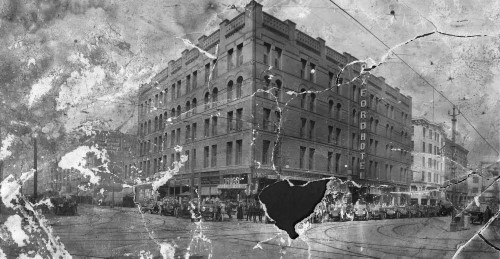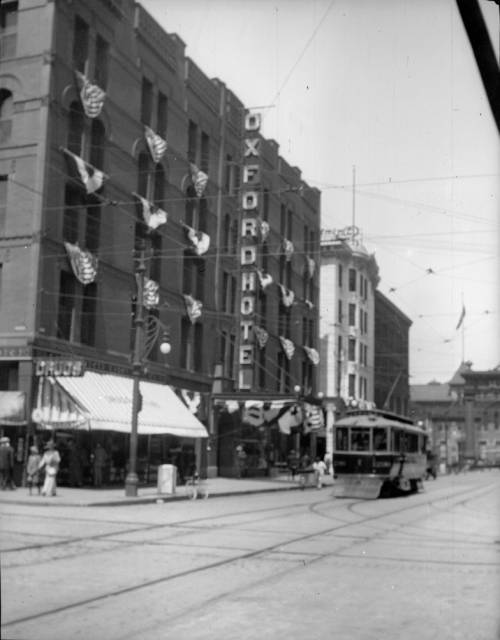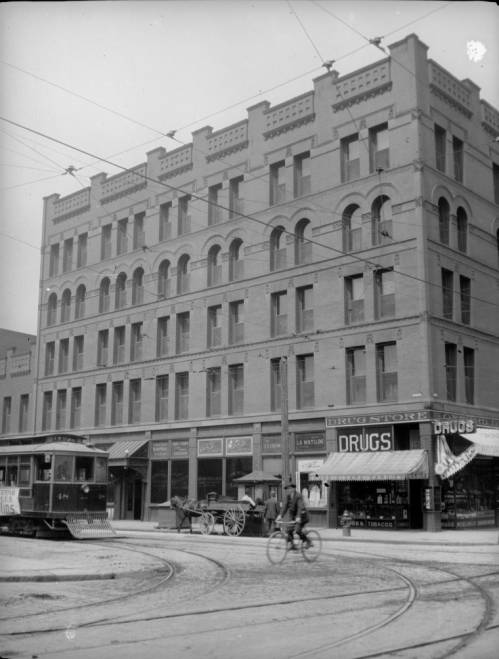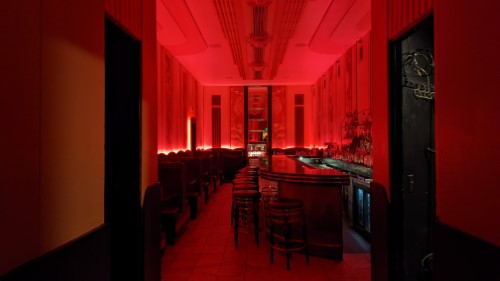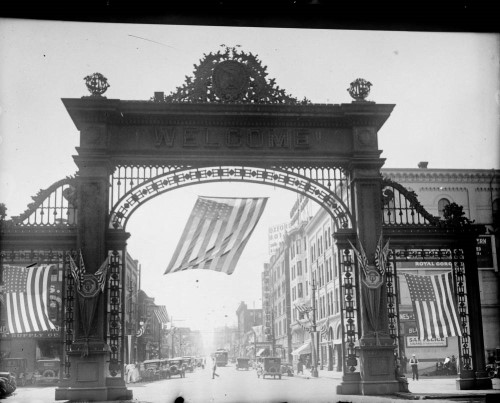
A snapshot of history
The Oxford Hotel is a historic landmark in the heart of downtown Denver. It was built in 1891 and has been a cherished destination for over a century. The hotel was named after the prestigious Oxford University in England, which reflected the high standards and class of the establishment. Built during the height of the silver mining boom in the Colorado Rockies, it was one of the first luxury hotels in the city and has been a fixture of Denver’s downtown district for over a century. The hotel was listed on the National Register of Historic Places in 1979.
The hotel was built in by Adolph Zang, a German brewer, and his son, Adolph Coors and designed by architects Frank E. Edbrooke and William E. Fisher. Edbrooke and Fisher were also responsible for designing other notable buildings in Denver, such as the Brown Palace Hotel and the State Capitol Building. The Oxford Hotel was constructed using red brick and sandstone and was adorned with decorative terracotta panels.
Over the years, the hotel has been visited by many notable figures, including U.S. Presidents Theodore Roosevelt and William Howard Taft, as well as famous entertainers such as Judy Garland and Bing Crosby. During World War II, the hotel was used to house many of the soldiers and sailors before being deployed overseas.
But the hotel’s rich history is also intertwined with numerous ghost stories. One of the most famous ghost stories associated with the hotel is that of Florence Montague, a former chambermaid who allegedly haunts the hotel to this day. According to legend, Florence fell in love with a man who worked at the hotel, but their love was forbidden due to their different social classes. Devastated, Florence is said to have taken his life then her own in room 320, and her ghost has been seen wandering the halls ever since. Guests and staff have reported hearing strange noises and footsteps in the halls, doors opening and closing on their own, and the sound of someone weeping in the middle of the night. Some have even claimed to see Florence’s ghostly figure in the hallways or in their rooms.
In the early 1930s, the hotel underwent a major renovation, which included the addition of the Cruise Room. The Cruise Room is a historic landmark and one of the most iconic bars in the city. The room was designed to look like the lounge of the Queen Mary Ocean liner, which had just made its maiden voyage. The walls are covered in original murals by artist Allen Henson, depicting the ports of call along the Queen Mary’s route. Its unique Art Deco design and history make it a popular destination for locals and tourists alike. Today, the Cruise Room is one of the last remaining Art Deco bars in the country and has been designated a historic landmark by the City of Denver. It continues to serve classic cocktails and remains a popular spot for locals and tourists to gather and socialize.
Looking south down 17th street through the Welcome arch that was located in front of Union Station, you can see Oxford Hotel on the right side at the end of the block.
In the 1970s, the hotel fell into disrepair, and it was threatened with demolition. However, a group of investors came together to save the historic building, and it was restored to its former glory in the 1980s. Today, the hotel is a designated National Historic Landmark and continues to offer guests a luxurious and elegant experience in the heart of downtown Denver.
Thanks for wandering with us,
The Wandering Couchs

